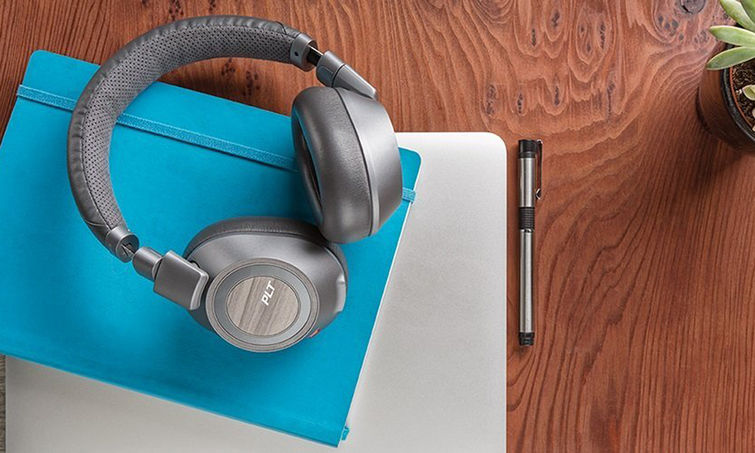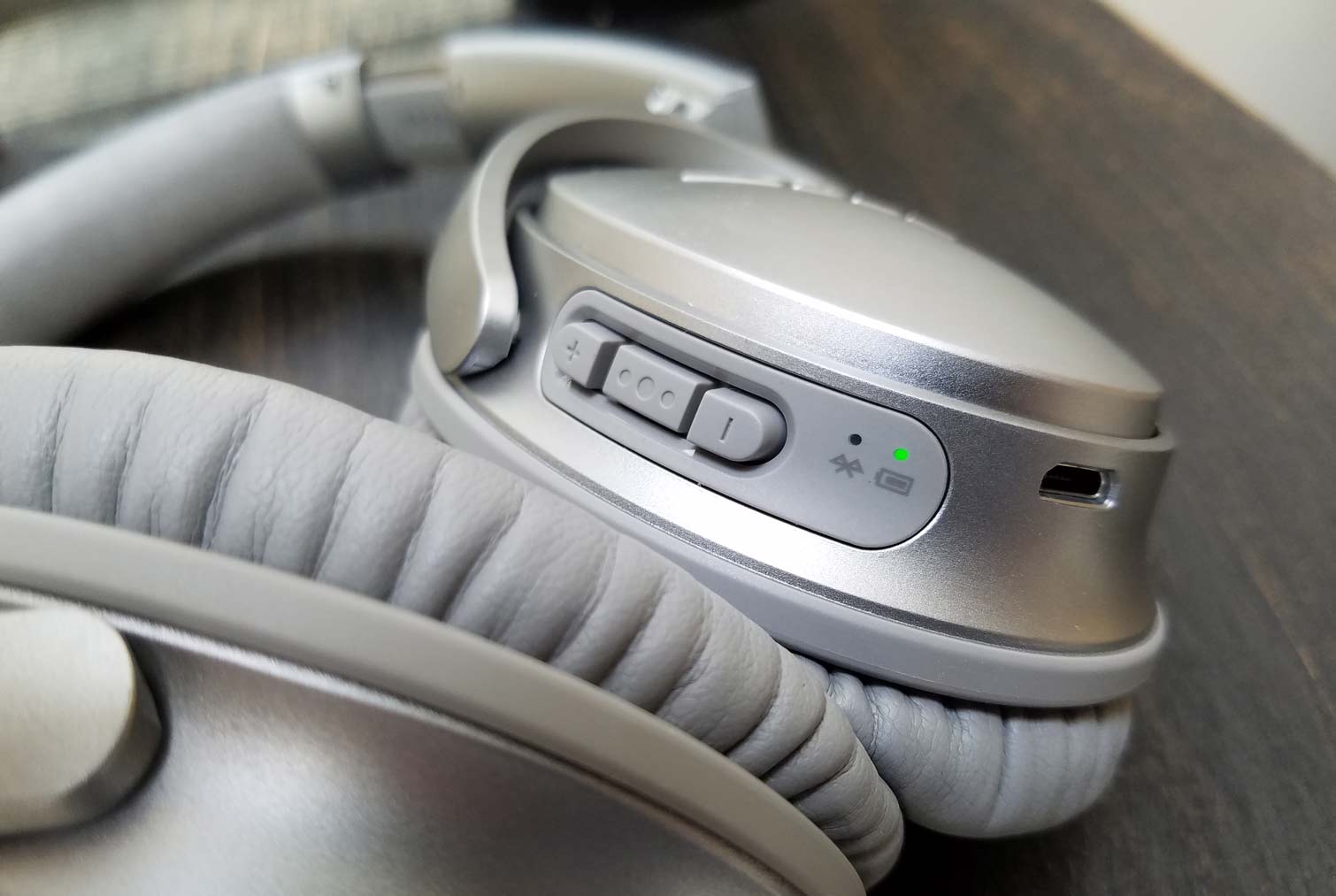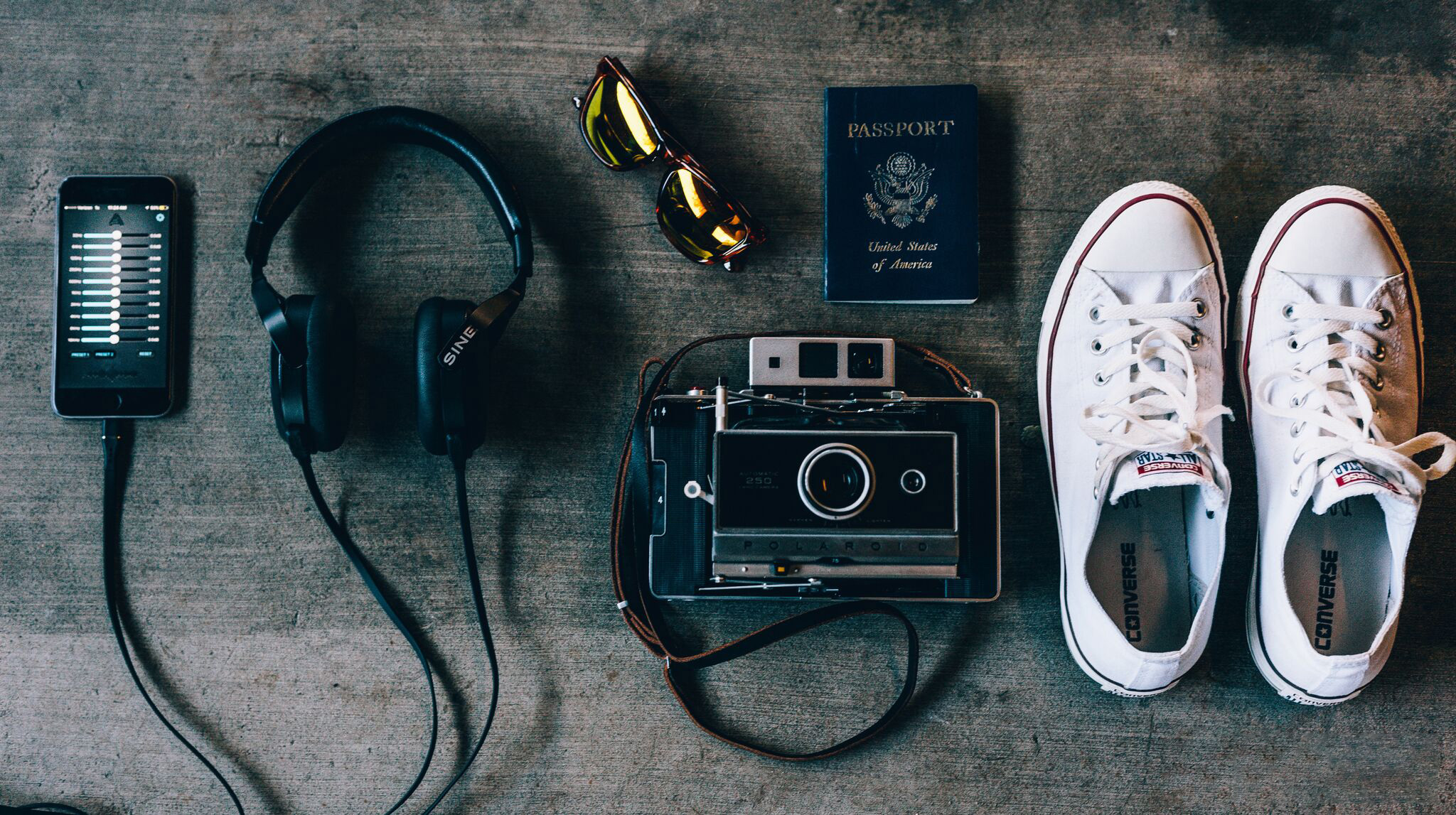I Spent More Than $200 on Headphones: You Should Too
If you want to hear your favorite tunes the way they were meant to be heard, in a supremely comfortable design that’s built to last, it pays to splurge.
For some people, cheap sub-$50 headphones are good enough, and I thought I was one of them.
And then one morning I woke up, put on a $299 pair of over-ear headphones — the Beoplay H6, 2nd Generation ($300 on Amazon) — and realized I knew about as much about headphones as Jon Snow: nothing.

I've listened to "Hand Covers Bruise" from The Social Network score about 100 times, but I had never heard its opening as clearly as I did the morning I plugged the H6 headphones into my iPhone 6 Plus. It was then that I came to the realization that what I thought was glitchy synth was actually violin strings. It was then that I realized I'd never buy another pair of headphones under $200 again.
The execution of excellent audio quality
The adage "You get what you pay for" is definitely true for headphones. Different pairs of cans accomplish fantastic sound in various ways. Beefier, premium headphones can pull this off by using larger casings that can hold bigger drivers (such as the 40-mm drivers found in some of the headphones we love), which produce more accurate audio.
Some high-end headphones merit their price tag by also providing a wider soundstage, making the vocals and instruments sound more naturally spread out and separated. Live music recordings, such as LCD Soundsystem's "Dance Yrself Clean (Live at Madison Square Garden)," sound fantastic with a more spacious soundstage. By adding some audible distance between the cheers of the adoring crowd, I could better appreciate Pat Mahoney's speedy drumming, James Murphy's pained vocals and the distorted bass coming out of the speakers.
Utilizing its proprietary active-noise-cancelling technology, the Bose QuietComfort 35 ($349 on Amazon) offer a completely immersive experience. By letting the headphones remove the New York City street noise around me, I heard the small details on songs, such as faint background vocals at the start of Lionel Richie's "All Night Long" and the slight, haunting piano keys from The National's "Graceless."

But not all pairs of headphones are created for the same sensibilities, which is why I see one of my colleagues constantly rocking the Plantronics BackBeat Pro 2 SE ($249 on Amazon). The H6's sound is closer to a Reference profile (which sacrifices sweetness for accuracy), while the BackBeat Pro 2 SE offers a stronger and fuller sound, though it can sometimes fall on the warmer and muddier end of the spectrum. Those headphones also offer wireless connections and active noise cancelling, so they're definitely worthy of consideration.
Get instant access to breaking news, the hottest reviews, great deals and helpful tips.
Bass heads even have a model made for their sensibilities: the Bowers & Wilkins P7 Wireless ($399 on Amazon). These headphones offer fantastic sound, with an emphasis on bass which thumps your ears with tons of that low-end sound. They sport fine sheepskin-leather cups and weeklong battery life, but their fit may be too tight for some people.
Premium, thoughtful design
In addition to giving you better sound quality, a more expensive pair of headphones typically offers a beautiful design made from quality materials. After all, for the cost, these headphones better be comfortable. Moving up to the H6 Gen 2's from my old Skullcandy Aviators ($107 on Amazon) felt akin to jumping into the pillowy hand-stitched softness that is the driver's seat of a Bentley Continental.
The H6 caressed the sides of my face with its lambskin leather cups — frankly, some of the finest material I've ever owned. Although I've only had these headphones for about a month, it’s clear that Bang & Olufsen built these babies to stand the test of time, with a cowhide-leather headband that the company says will age gracefully, rather than deteriorate like my Aviators.

Luxe materials aren't unique to the H6. For example, the Bose QuietComfort 35 headphones feature a light-but-tough glass-filled nylon, and they use stainless-steel pivots for rigidity. The lower in price you go, the more likely you are to get an ill-fitting or chintzy pair of cans (or both).
After years of using headphones that required a lot of finicky adjustment, I appreciate the tight slide hinges of the H6 and the stainless-steel pivots of the QC 35. These features allow you to find the fit that's right for you, and it will stay that way, even when you're moving your head around.
Weight also factors in, as you might find yourself paying more to carry less. The 19.2o-unce BackBeat Pro 2 may offer wireless listening; active noise cancellation; and sweet, strong sound, but the 10.9-ounce QC 35 and the 8.1-ounce H6 2nd Gen are more portable.
Where will you wear them?
If you enjoy listening to your music in the privacy of your own home or backyard, you should consider the Hifiman HE400S ($299 on Amazon) open-back headphones. They offer an accurate, balanced mix of bass, midrange and treble that gets a wider soundscape because their design eschews the closed backings of the cups that keeps the audio from leaking out. Even better, these headphones don't require an amp to power them as many high-end headsets do.
You've probably already guessed the major downside of open-back headphones: All of that leaked sound isn't great for use in public. You could turn a lot of strangers into enemies by blasting your jams on the street or on public transit (where all of the other headphones we've mentioned are OK to use), and I'm pretty sure the staff on an airplane would ask you to turn them off.
Consider your ports
Also, think about what you're going to connect the headset to. The QC 35 and the BackBeat Pro2 connect over Bluetooth, so they're compatible with most devices, but the H6 use the traditional 3.5-millimeter headphone jack. That means I'll need to buy an adapter for these headphones in order to plug them into an iPhone 7, Moto Z Force or Z Droid, or any of the upcoming phones that ditch the analog connector.

For future-proof high-quality headphones, check out the version of the Audeze Sine ($495 on Amazon) headphones that includes a Lightning connector. These cans use planar magnetic drivers to provide a spacious soundscape with clear highs and mids and strong bass, and the company could have charged twice as much for them.
Hear for yourself
No matter how many articles you read about brilliant headphones or how well I describe the sound, nothing will beat hearing your favorite songs clearly for the first time. So, track down your nearest audio speciality shop and ask to try out a pair with your own phone, so that you're judging songs you know, rather than tracks the store selects.
Cheap earbuds are OK in a pinch, or maybe for working out, but you’ll never know how good your music can sound unless you open your mind, your ears and, yes, your wallet.

Henry was a managing editor at Tom’s Guide covering streaming media, laptops and all things Apple, reviewing devices and services for the past seven years. Prior to joining Tom's Guide, he reviewed software and hardware for TechRadar Pro, and interviewed artists for Patek Philippe International Magazine. He's also covered the wild world of professional wrestling for Cageside Seats, interviewing athletes and other industry veterans.
-
greens Reply19311727 said:If you want to hear your favorite tunes the way they were meant to be heard, in a supremely comfortable design that’s built to last, it pays to splurge.
I Spent More Than $200 on Headphones: You Should Too : Read more
Beoplay:
Electro-dynamic, 40 mm diameter
Frequency range:
20 - 22,000 Hz
Impedance
30 Ohm
Sensitivity
97 dB/mW @ 1kHz
M50x:
Magnet Neodymium 45 mm
Voice Coil CCAW (Copper-clad aluminum wire)
Frequency Response 15 - 28,000 Hz
Maximum Input Power 1,600 mW at 1 kHz
Sensitivity 99 dB
Impedance 38 ohms
hmm.
see the specs on the M50x are actually better, and it is cheaper.
Until headphone manufacturers actually advertise what drivers they are using and who makes them... i have a hard time paying too much for them.
I think the m50x at $150 is a good buy. More than that though and idk, i just have a hard time. The read was very anecdotal, but nice and something people should consider.
I'd like to see them do some pink noise attenuation and various physical, repeatable tests on some of these high end sets.
I just don't believe that one 40mm driver made in a factory in china is amazing in a high end set, but that same 40mm driver could be found in dozens of other no name brand sets.
I just don't trust it. we need more breakdowns of these things to see what the consumer is actually getting.
